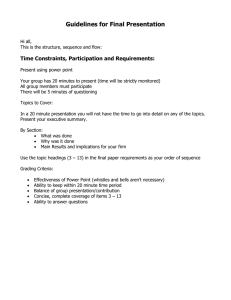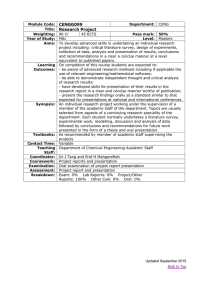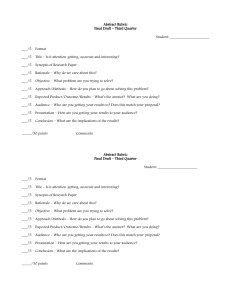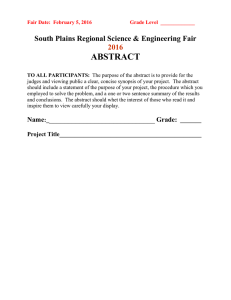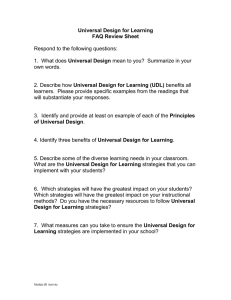WRITTEN CASE ANALYSIS
advertisement
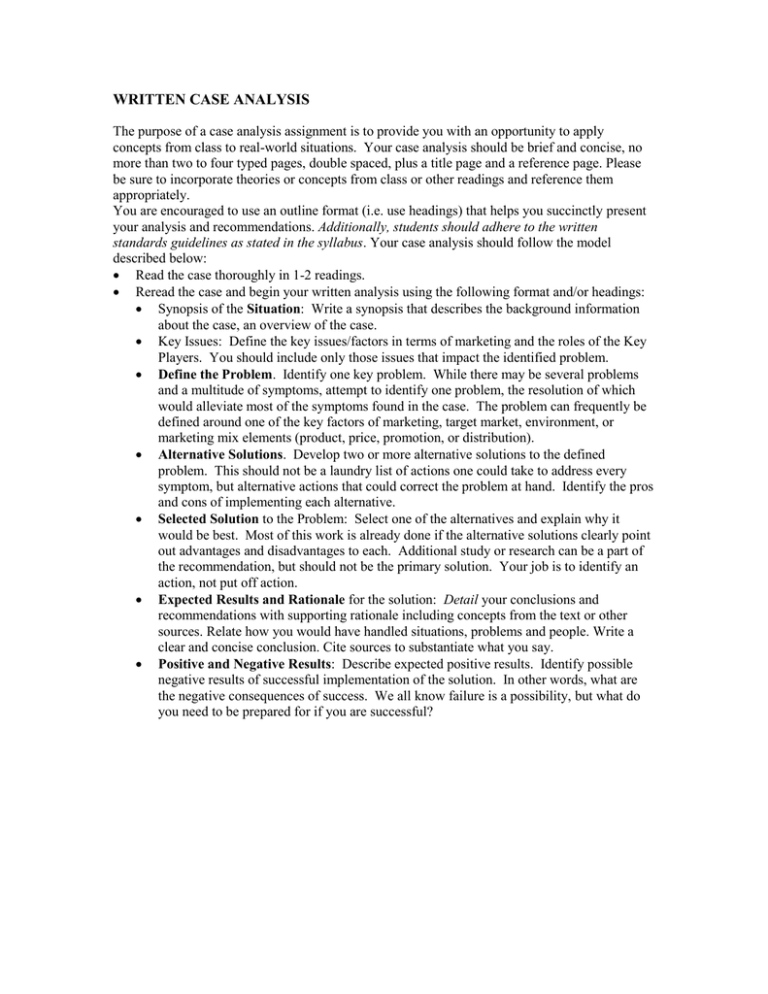
WRITTEN CASE ANALYSIS The purpose of a case analysis assignment is to provide you with an opportunity to apply concepts from class to real-world situations. Your case analysis should be brief and concise, no more than two to four typed pages, double spaced, plus a title page and a reference page. Please be sure to incorporate theories or concepts from class or other readings and reference them appropriately. You are encouraged to use an outline format (i.e. use headings) that helps you succinctly present your analysis and recommendations. Additionally, students should adhere to the written standards guidelines as stated in the syllabus. Your case analysis should follow the model described below: Read the case thoroughly in 1-2 readings. Reread the case and begin your written analysis using the following format and/or headings: Synopsis of the Situation: Write a synopsis that describes the background information about the case, an overview of the case. Key Issues: Define the key issues/factors in terms of marketing and the roles of the Key Players. You should include only those issues that impact the identified problem. Define the Problem. Identify one key problem. While there may be several problems and a multitude of symptoms, attempt to identify one problem, the resolution of which would alleviate most of the symptoms found in the case. The problem can frequently be defined around one of the key factors of marketing, target market, environment, or marketing mix elements (product, price, promotion, or distribution). Alternative Solutions. Develop two or more alternative solutions to the defined problem. This should not be a laundry list of actions one could take to address every symptom, but alternative actions that could correct the problem at hand. Identify the pros and cons of implementing each alternative. Selected Solution to the Problem: Select one of the alternatives and explain why it would be best. Most of this work is already done if the alternative solutions clearly point out advantages and disadvantages to each. Additional study or research can be a part of the recommendation, but should not be the primary solution. Your job is to identify an action, not put off action. Expected Results and Rationale for the solution: Detail your conclusions and recommendations with supporting rationale including concepts from the text or other sources. Relate how you would have handled situations, problems and people. Write a clear and concise conclusion. Cite sources to substantiate what you say. Positive and Negative Results: Describe expected positive results. Identify possible negative results of successful implementation of the solution. In other words, what are the negative consequences of success. We all know failure is a possibility, but what do you need to be prepared for if you are successful?
